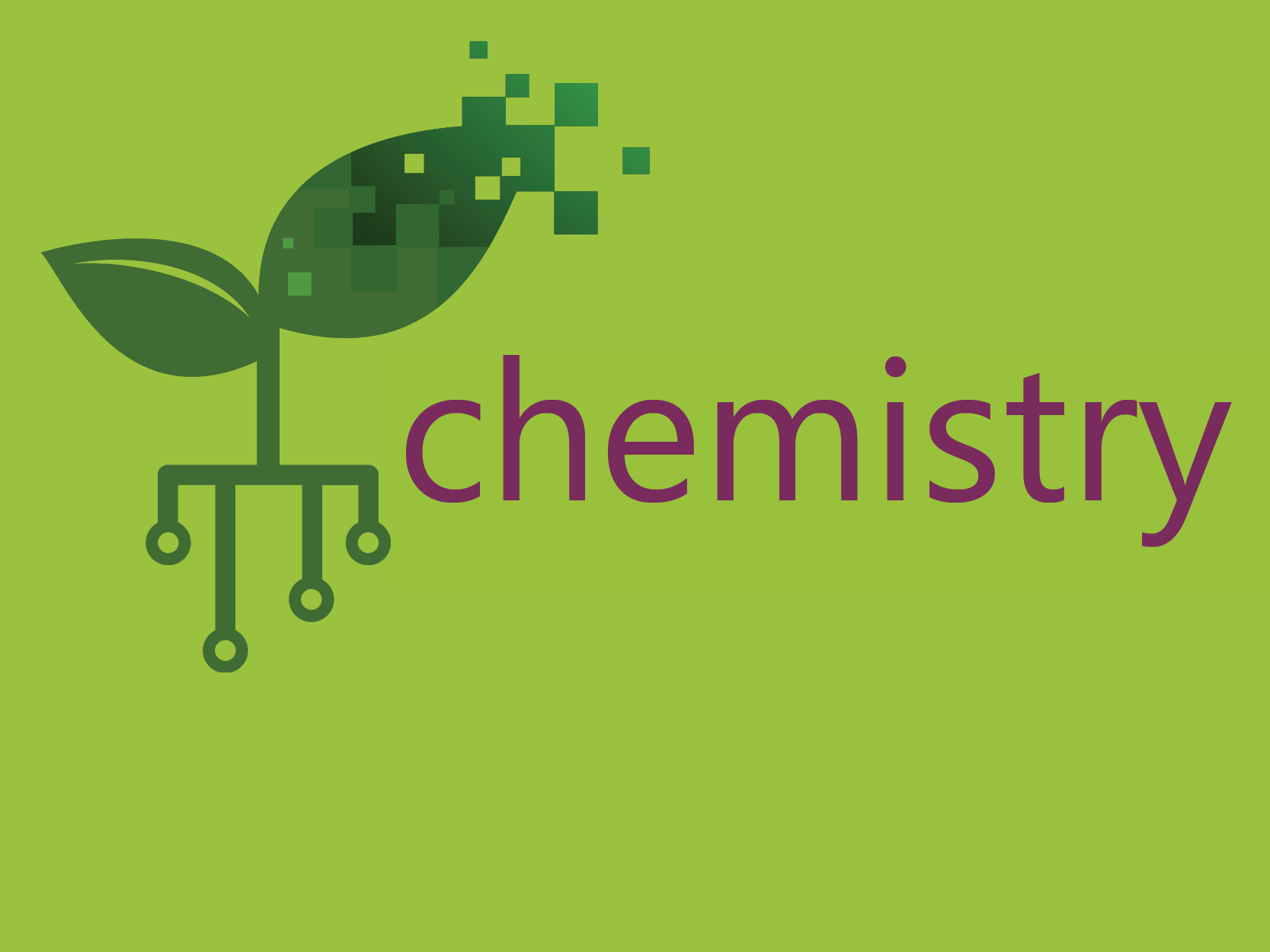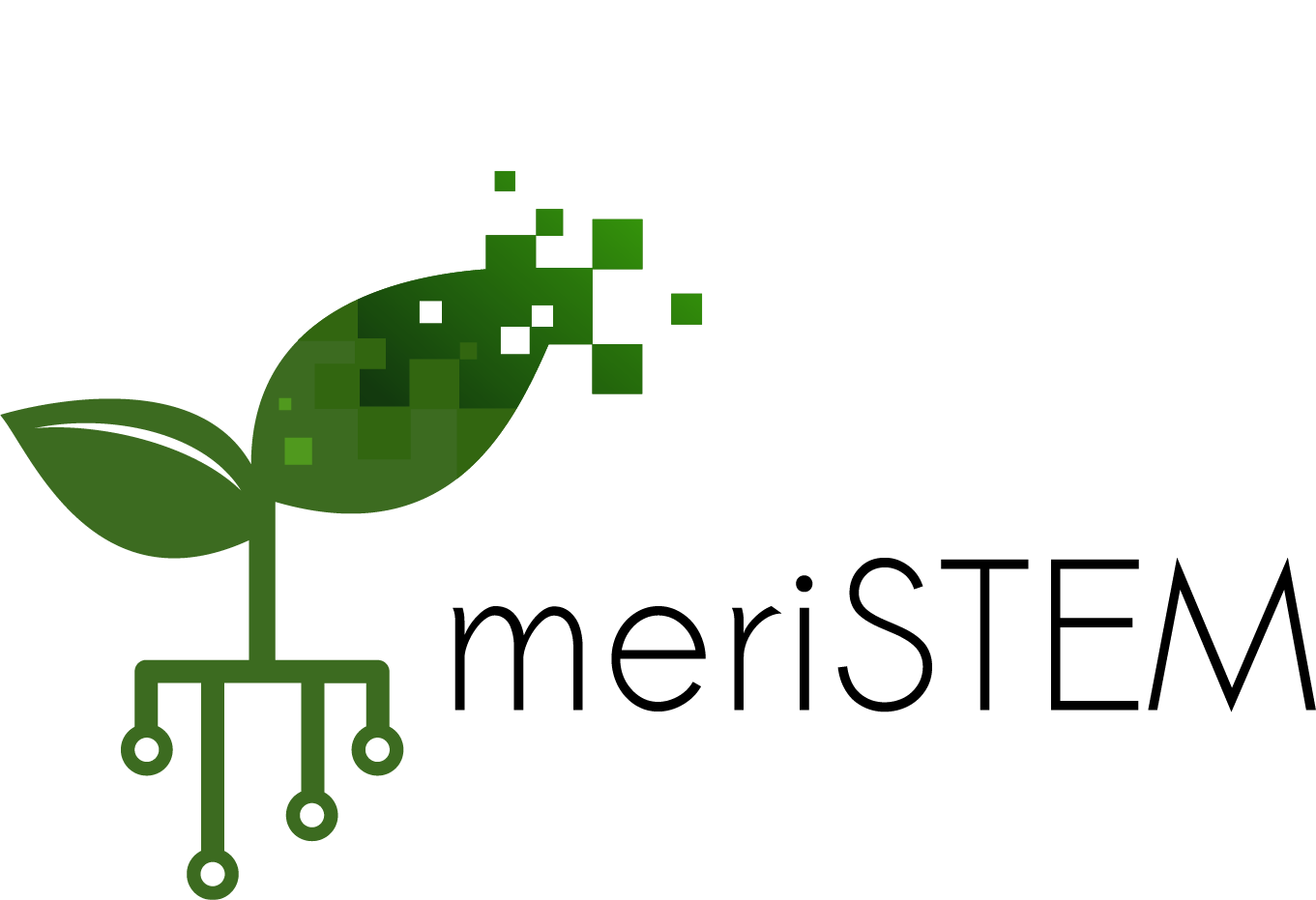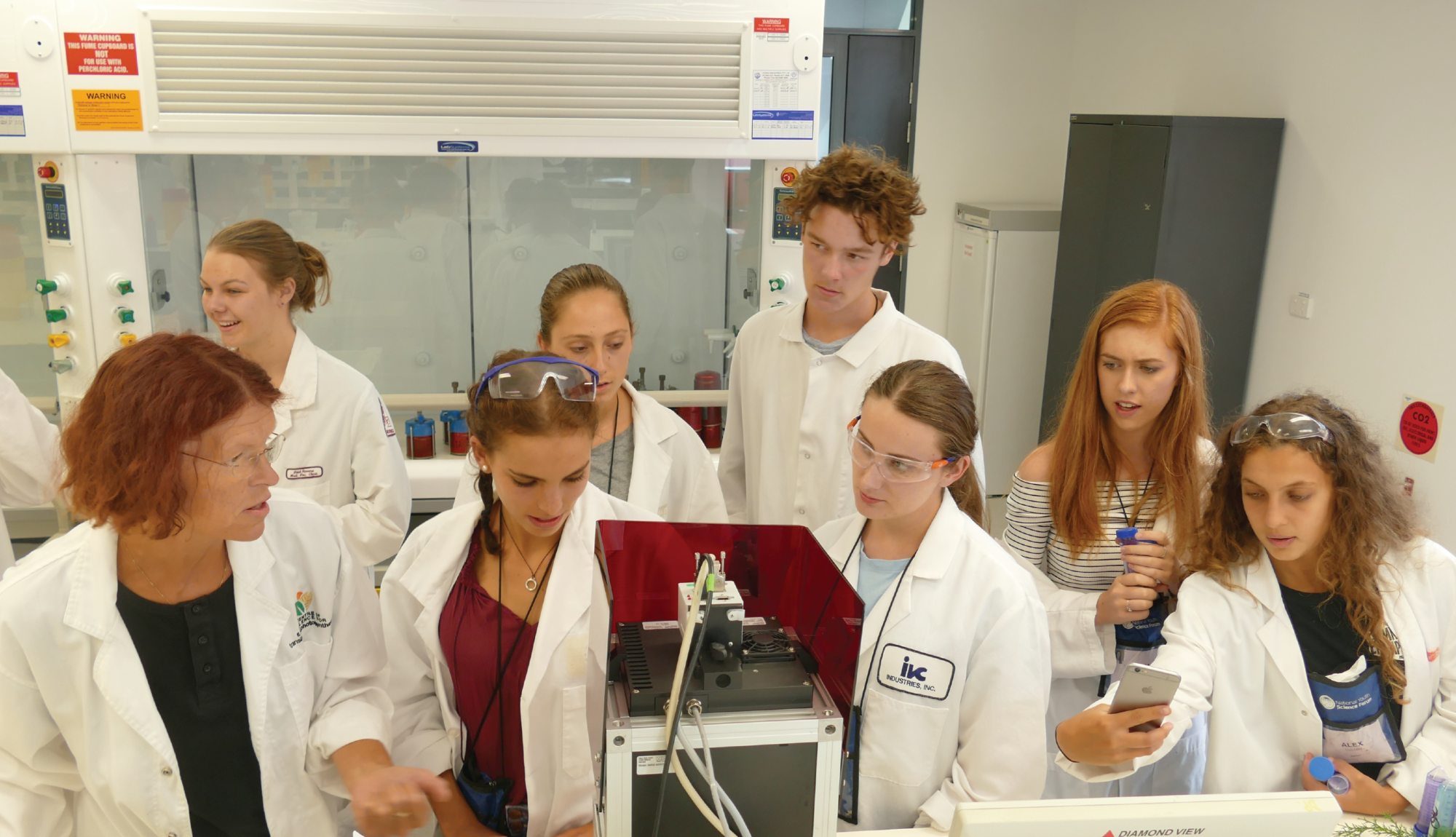
The current state syllabus in Tasmania is different in content and sequence to the Australian Curriculum, however there is much overlap.
These are example schedules to demonstrate the content of the meriSTEM online course as it might map to the Tasmanian curriculum.
Physical Sciences Criterion 8: Chemical reactions and reacting quantities
| Criterion 8 Sub-Topic | Use meriSTEM Module | Use meriSTEM sub-topics | Australian Curriculum Chemistry Science Understandings |
|---|---|---|---|
| Chemical reactions | Reactions | 1. Types of reactions | 36 |
| Matter and Elements | 1. Matter & terms, 2. Mixtures, 3. Atoms, 4. Ions, 5. Compounds, | 16, 17, 18, 25, 26, 30, 33 | |
| Quantities | (all) | 36, 39 | |
| Aqueous Solutions and Acidity | Solutions and Acidity | 1. Concentrations, 2. Yield, 3. Dissolving & solubility, 4. Acids and bases | 42, 45, 46, 63, 65, 66, 67 |
Criterion 6: Principles of thermochemistry, kinetics and equilibrium
| Criterion 6 Sub-Topic | Use meriSTEM Module | Use meriSTEM sub-topics | Australian Curriculum Chemistry Science Understandings |
|---|---|---|---|
| Thermochemistry | Reactions | 2. Energy in chemical reactions, 3.Enthalpy, 4. Heat capacity | 36, 37, 71, 72 |
| Kinetics | Reaction Rates | 1. Reactants, products and rates, 2. Experiments and rates, 3.Rate laws, 4. Reaction energies, 5. Collision theory | 68, 69, 70, 71, 72, 73 |
| Chemical Equilibrium | Equilibrium | (all) | 89 – 96 |
| Acid and Bases | 1. Introduction to equilibrium, 2. Describing equilibrium in chemical reactions, 3. Equilibrium expression, 4. ICE tables, 5. Solubility product, 7. Reaction quotient, , 9. Le Chatelier’s principle, 10. Equilibrium and kinetics | 97 – 102 |
Note. As this course was designed around the Australian Curriculum, currently the course does not include specifically:
- Use of a calorimeter
- Hess’ law
- Limitations of Le Chatelier’s principle
- Ionic product constant K𝓌
Criterion 7: Properties and reactions of organic and inorganic matter
| Criterion 7 Sub-Topic | Use meriSTEM Module | Use meriSTEM sub-topics | Australian Curriculum Chemistry Science Understandings |
|---|---|---|---|
| Gases | Intermolecular Forces and Gases | 2. Gases (in development) | 60 |
| Properties and Structures of Organic Materials | Bonds | 8. Organic molecules | 35 |
| Organic Molecules | 1. Hydrocarbons , 1.1 Hydrocarbon structures, 1.3 Cyclic hydrocarbons , 2. Isomers, 3. Hydrocarbon nomenclature 4. Functional groups 4.1 Haloalkanes, alcohols & amines 4.2 Carbonyl functional groups, , 4.4 Functional group naming priorities, 5. Properties of hydrocarbons, 5.1 Properties of haloalkanes, 5.2 Properties of alcohols, amines, amides, 5.3 Properties of carbonyl functional groups, 5.4 Properties of esters 6. Biological molecules 6.3 Proteins,7. Polymers | 127 – 129 | |
| Organic Reactions | 1. Reactions of organic molecules, 2. Addition reactions of unsaturated hydrocarbons , 3. Substitution reactions, 4. Fuels, 5. Reactions of alcohols, 6. Reactions of esters & aldehydes, 7. Reactions of aldehydes 8. Reactions of acids 10. Reactions of aromatics, 11. Organic chemistry reaction pathways, 12. Synthesis | 130 | |
| Analytical Chemistry | 1. Monitoring the environment, 2. Qualitative Inorganic analysis, 3. Quantitative inorganic analysis, 4. Qualitative Organic analysis, 5. Quantitative organic analysis | 131 – 138 | |
| The Periodic Table | Matter and Element | 6. Introduction to light, 7. Atomic secrets in the shadows, 8. Electron configuration, 9. Periodic trends, 10. Isotopes, 11. Analytical chemistry | 16, 17, 18, 19, 20, 21, 22, 23, 30 |
Note. As this course was designed around the Australian Curriculum, currently the course does not include specifically:
- Benzene /aromatic resonance
- Some functional group properties including polyalcohols vs simple alcohols, esters
- Amino acid structure
- Polyacids
- Equations for the reactions of alcohols with sodium metal and carboxylic acids
- X-ray crystallography
- equations for the oxidation of primary alcohols by stronger oxidisers such as acidified permanganate solution
- equations for the oxidation of aldehydes to produce carboxylic acids
- understand why aldehydes tend to be less soluble in polar solvents than the alcohols from which they were synthesised
Criterion 8: Application of logical processes to solve quantitative chemical problems
| Criterion 8 Sub-Topic | Use meriSTEM Module | Use meriSTEM sub-topics | Australian Curriculum Chemistry Science Understandings |
|---|---|---|---|
| Chemical Stoichiometry | Quantities | 4. Stoichiometry, 5. Reaction stoichiometry, 6. Limiting reactants, 7. Chemical quantities | 24, 36, 39, 63 |

